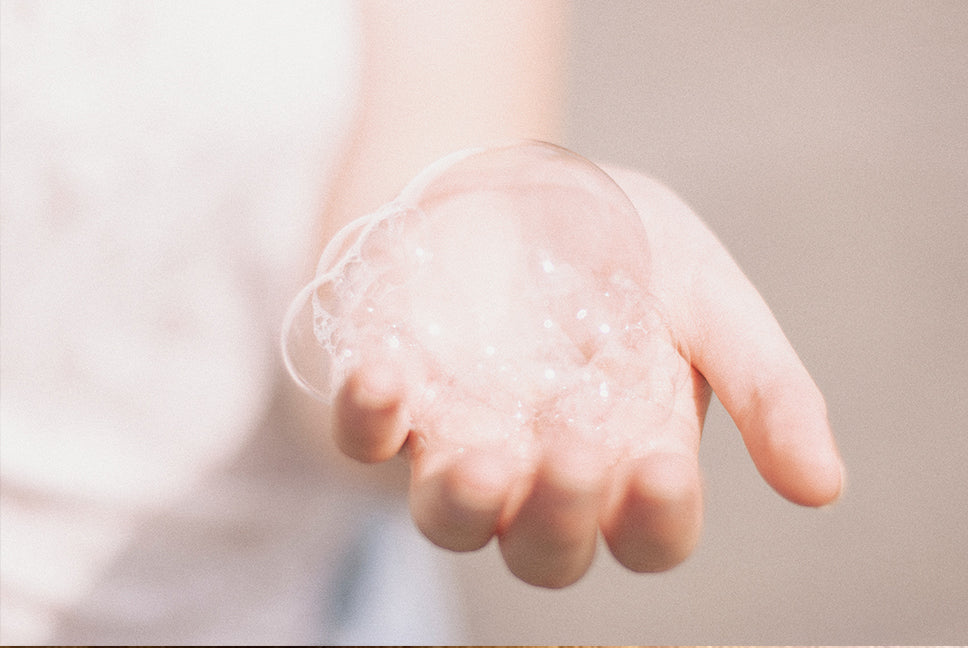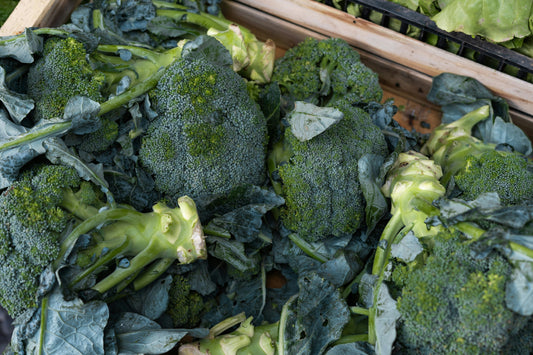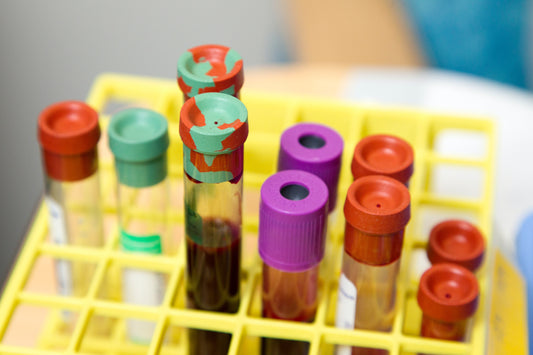Each and every day we come into contact with thousands of synthetic substances. Through the air we breathe, the water we drink, the food we eat, the products we clean our homes with, and through the beauty products we put on our skin.
You may assume that the only way by which substances enter the body is by breathing or eating them, however your skin is just like a sponge. Anything that is placed onto the skin can be absorbed into the body – this includes soaps, perfumes, make up, cleansers and lotions.
The problem with some of these synthetic substances is that some of them contain chemicals called Endocrine Disrupters, and a particularly harmful type of Endocrine Disruptor are xenoestrogens. Xenoestrogens are synthetic chemicals which mimic natural oestrogen — a type of sex hormone. Once inside the body they appear identical to our cells receptors and are allowed to function as if they are meant to be there.
So, what’s the problem if they mimic something that’s already naturally occurring? Hormone balance is extremely sensitive, and too much of one hormone compared to another can throw out the balance and cause problems. Excessive amounts of oestrogen, whether is be naturally occurring or caused by xenoestrogen intake, can cause; PMS, bloating, painful periods, headaches, weight gain, and anxiety.
The effects of excessive amounts of xenoestrogens are wide reaching, with studies showing a link between xenoestrogens and breast cancer. They have also been suggested to be the root cause of an increase in males experiencing excess breast tissue or ‘man-boobs’. Furthermore, several studies have shown that girls are reaching puberty on average two years sooner than girls did 60 years ago, and it is believed that environmental xenoestrogens have a role to play in the cause of this change.
Of course the body is equipped to deal with slightly elevated levels of oestrogen – the liver detoxifies excessive oestrogen and disposes of it by combining it with bile that is then excreted. But for many, the levels of oestrogen and xenoestrogens that they are exposed to are too high, and their livers are struggling to cope. When the liver is too busy to detoxify excess oestrogen, it gets put back into the bloodstream to recirculate, often resulting in the symptoms of hormonal imbalance.
Reducing you and your family’s exposure to these substances is the first step to reducing the symptoms of oestrogen dominance and the risk of diseases such as cancer. (I have included a list below to help guide you on where these xenoestrogens can be found.) Endocrine disruptors can be found in many parts of our day to day lives, so start by minimising your exposure at home. One of the easiest places to start is by switching to natural beauty and skincare products. This is an important place to start as the skin absorbs almost anything that it comes into contact with, and with daily application of several products, xenoestrogens levels can rise quickly. Think about how many products you used this morning, shampoo, conditioner, body wash, toothpaste, moisturiser, foundation, concealer, blush, mascara, lipstick and possibly many more. Now, how many of those were organic or natural products? Think of how many harmful substances you have been exposed to before you have even sat down to breakfast, or been exposed to the air pollution on the way to work. Don’t let this information overwhelm you, we are lucky to have New Zealand companies, like Tailor, looking out for our health and making gorgeous, natural and organic, but most of all safe products.
Home cleaning products are another prominent source of xenoestrogens in the home. Dishwashing liquid, laundry powder, and surface cleaner, are the three products in which we come into the most contact with. You may like to try switching to more natural brands or look into homemade cleaning solutions that use baking soda, vinegar or lemon.
Lastly, the food that we consume is another source of many xenoestrogens. While eating organic food is a great way to avoid the majority of endocrine disruptors, it is not always financially reasonable. There are still ways in which you can reduce your consumption of endocrine disrupting chemicals when eating conventional food. Make sure you wash all fresh produce in a bath of water and vinegar (3:1), this removes the majority of pesticides from the fruit and vegetables. If possible grow salad greens and herbs at home as these items are heavily sprayed in conventional farming. With the invention of plastic, it has become the main way of storing food. However, most plastic products contain xenoestrogens which leach out into the food, especially when they are heated. Never heat food in plastic containers or plastic wrap, and store food in glass or ceramic when possible. Always look for plastic containers and bottles that state they are ‘BPA free’, and try not to leave plastic containers in the sun, as this can lead to the leaching of harmful chemicals.
Commonly Found Xenoestrogens
Look for these names on the ingredients list of products
Skincare and beauty products
4-MBC
Parabens: they will have a suffix followed by ‘paraben’ e.g. methylparaben
Food
Nonorganic foods sprayed with:
Insecticides
Pesticides
Food preservatives including BHA
Food stored and heated in plastic packaging
For more information about Tailor Skincare, visit: www.tailorskincare.co.nz




